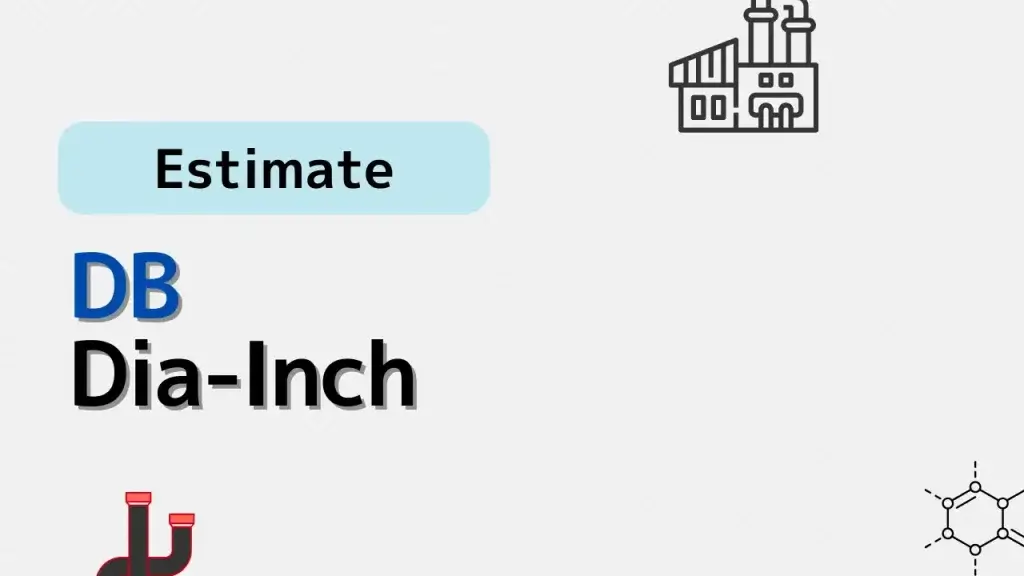In chemical plants, we often need to estimate how much piping work is required. But instead of just measuring pipe length or weight, engineers use a special unit called DB, short for Dia-Inch.
DB makes it easier to estimate workload by combining pipe size and length into one value. This is especially helpful when comparing different pipe sizes or when making cost estimates.
In this article, we’ll explain what DB means, how it’s calculated, and why it’s useful in piping design and planning.
1. What Does “DB” Mean?
DB (Dia-Inch) is a unit that combines pipe diameter and length:
DB = Diameter (inches) × Length (inches)
For example:
- A 6-inch pipe, 100 inches long → DB = 6 × 100 = 600 DB
- A 2-inch pipe, 300 inches long → DB = 2 × 300 = 600 DB
This shows both pipes might require similar effort to install.
2. Why Use DB Instead of Just Length?
Just measuring length doesn’t reflect pipe size. A 6-inch pipe takes more time and tools to weld, cut, and install than a 2-inch pipe.
Using DB helps standardize this effort, which is very useful for:
- Estimating labor hours
- Comparing workload across different projects
- Quoting fabrication and construction costs
3. When Is DB Used?
- Piping construction planning
- Cost estimation for bids
- Design review and optimization
- Comparing complexity between projects
4. Common Mistakes or Misunderstandings
Some beginners confuse DB with weight or material cost. But DB is not about physical mass — it’s a workload estimate tool.
Also, remember that DB doesn’t consider complex shapes like elbows or tees. For detailed work, you may need other unit-based estimates too.
Summary
DB (Dia-Inch) is a useful unit in chemical plant design to estimate piping workload. It reflects both size and length of pipes, helping engineers and managers plan better.
While it doesn’t cover everything, it’s a fast and practical way to compare tasks and costs, especially in the early stages of a project.
